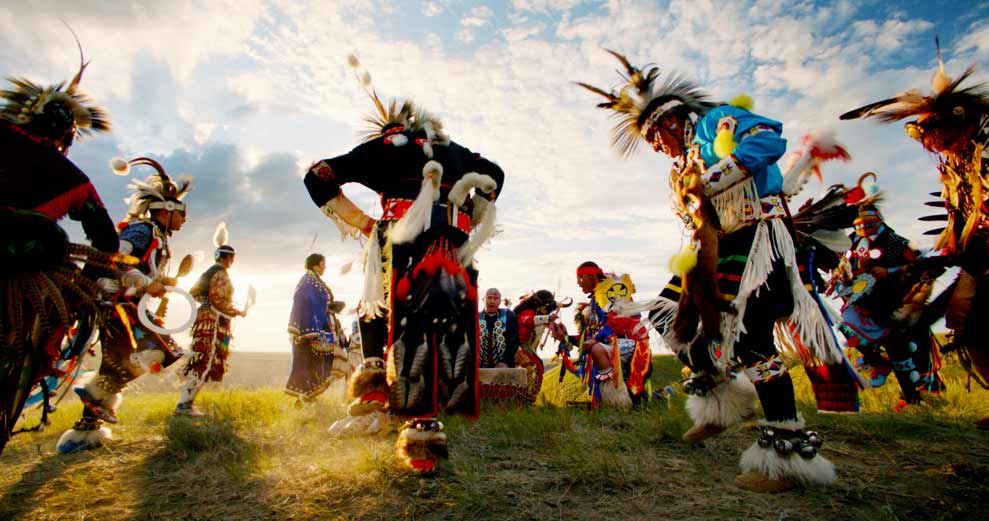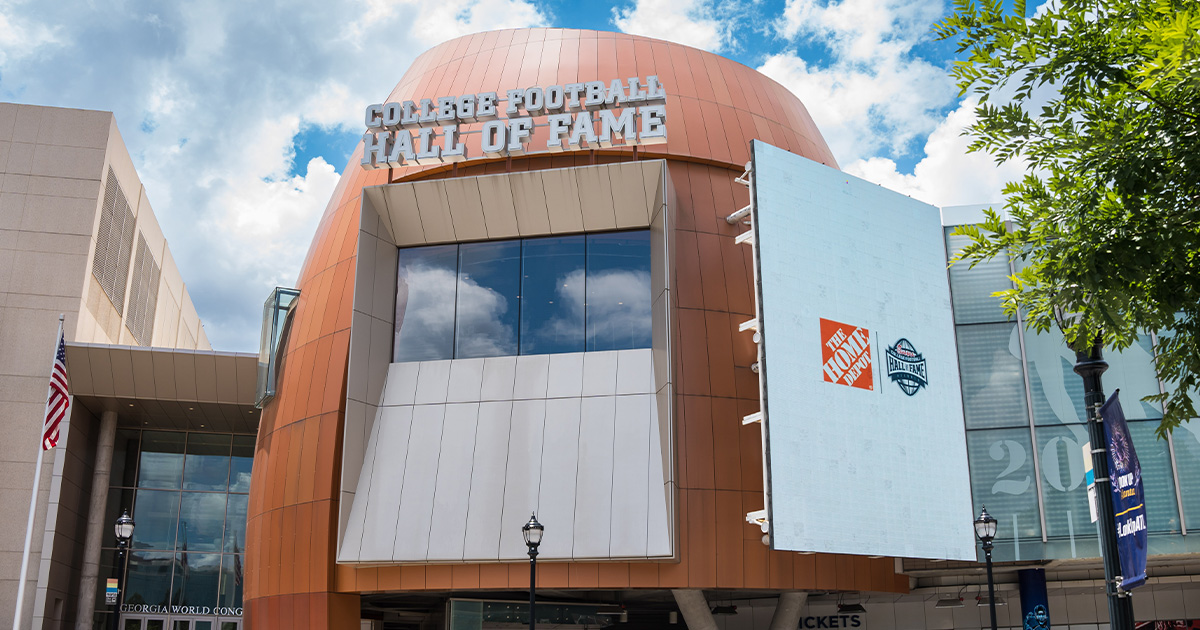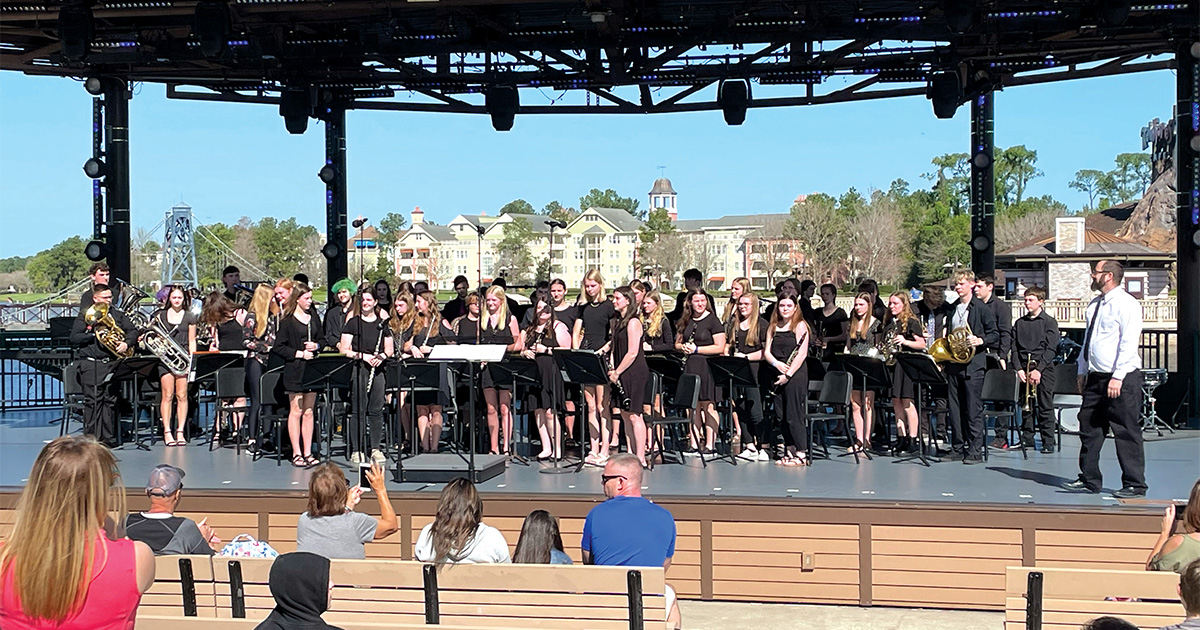For millennia, North America has been home to Native American and First Nations peoples whose traditions and history are as diverse as the land itself. Travel to Native American and First Nations lands helps promote cultural and historical authenticity, which can only be shared by the voices and perspectives of those within these proud, thriving communities. For students who are ready to listen and learn, there’s much to respectfully explore and experience.
Canada
Encompassing one-fifth of the province of Québec, Eeyou Itschee Baie-James is home to the Eastern James Bay Cree, whose language, traditions, and customs are still vibrant and very much alive today. Nuuhchimi Wiinuu, a Cree cultural camp and ecotourism site based in Oujé-Bougoumou, offers students an opportunity to stay and become fully immersed in Cree culture and stories, and is one of many area options for enriching human-to-human interactions.
Wendake, Québec, home to Canada’s sole Huron-Wendat Nation, is located only 15 minutes from bustling Québec City. Students could visit the Huron-Wendat Museum, which houses a permanent exhibition featuring objects sorted into cultural themes of knowledge, memory, and territory. Also on site is the Ekionkiestha’ Traditional Longhouse, where students could sit around a fire, be served bannock bread, and listen as a community member shares majestic stories and legends. Traditional dances, performed in uniquely woven regalia, should not be missed.
The Métis people help make up one-third of all Indigenous people in Canada who call British Columbia home. This geographically stunning province offers unforgettable scenery partnered with great diversity. At the Squamish Lil’wat Cultural Centre students could peruse the museum’s treasures, among them exquisitely crafted masks, tools, instruments, and clothing—ancient and contemporary. Crafting workshops with a First Nations ambassador provide an opportunity to make drums or weave baskets.
When preparing for your travels, consider the various other Indigenous regions in Canada, including but not limited to Nova Scotia, Nunavut, Prince Edward Island, Saskatchewan and the Yukon.
United States
Native Americans and their authentic tribal stories, perspectives, and cultural legacies are undoubtedly intertwined in the fabric of the nation’s history. With 566 federally recognized tribes in the country—each with a unique story to tell—students ready to discover Native America have plenty of destinations to choose from.
Students could follow the Trail of Tears National Historic Trail to learn about the illegal removal of the Cherokee, Muscogee, Seminole, Chickasaw and Choctaw Nations by white settlers, following the Indian Removal Act of 1830. Today, the trail spans more than 5,000 miles across nine states, with notable sites and several memorials devoted to the thousands who died, found along the way.
The Pueblo of Acoma in New Mexico, known for its deeply rooted culture and stunning art, is the oldest continuously inhabited community in North America. Here, students could visit the Sky City Cultural Center and Haak’u Museum to gain a deeper understanding of the Acoma people.
Alaska Native Heritage Center in Anchorage is a natural oasis tucked into Alaska’s largest urban center. Active observance of Alaska Native culture and traditions thrive here, with students being able to watch dance performances or view artisans at work before heading outdoors to admire recreated dwellings such as a Supiaq or a wooden Southeast Alaska Longhouse.
More not-to-miss experiences include the sights and sounds of an authentic powwow at the Red Earth Festival and the Chickasaw Cultural Center in Oklahoma, a traditional Polynesian outrigger canoe experience in Hawaii, a Native American-led wilderness backcountry adventure in the Rocky Mountain region, and much more.
NOTE: Please contact attractions and businesses you plan to visit before traveling, as many communities have been closed to visitors in light of the COVID-19 pandemic.
Written by Sarah Suydam, Staff Writer for Teach & Travel.
This article originally appeared in the Sep/Oct 2020 issue of Teach & Travel.
Photo courtesy of the Canadian Tourism Commission.





